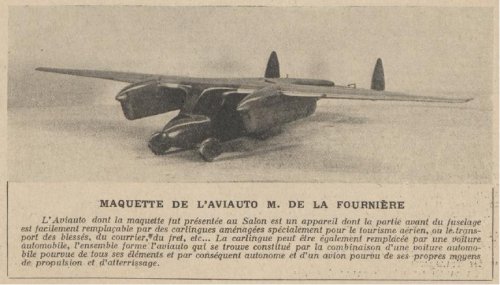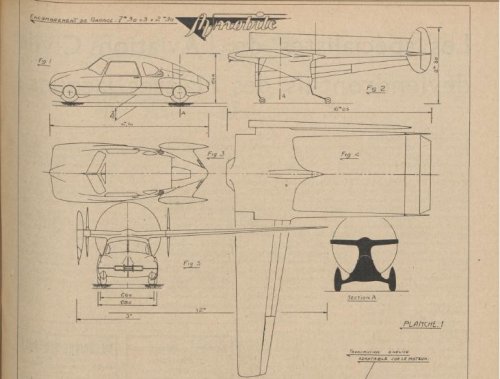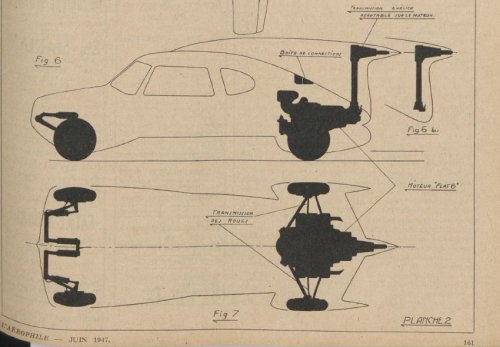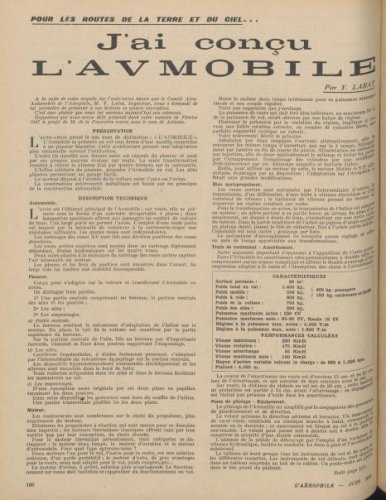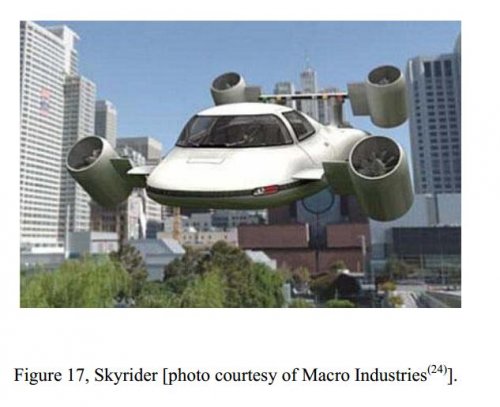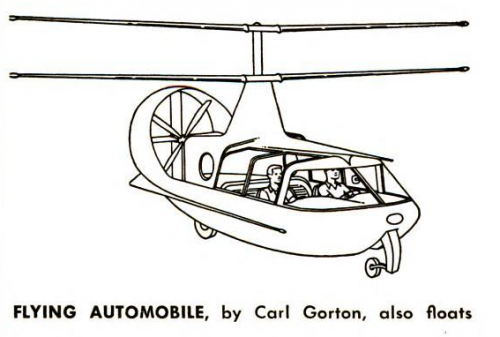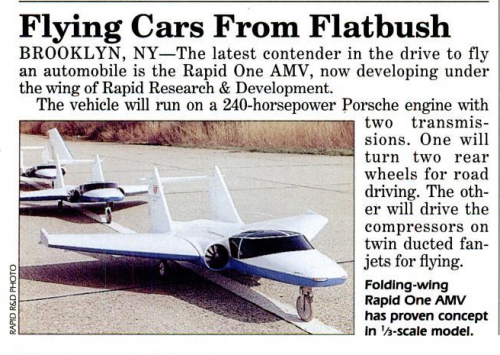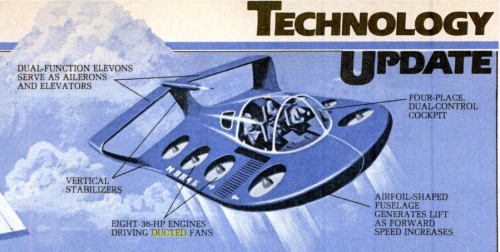- - MAC-1; a low speed high capacity conveyor type system for use
in such Major Activity Centers as central business districts
and terminals.
- - MAC-2; a low speed, medium capacity, personal-vehicle-onguideway
system for use in central business districts and
terminals.
- - Dial-A-Bus; a computer-scheduled jitney-size vehicle designed
to provide door-to-door service in low density areas characterized
by diffused origin-destination trips.
- - PAS; a Personalized Automobile Service which uses small battery
operated autos at depots 500 to 1000 feet apart in low density
areas for local travel.
- - NET 1-2; an urban wide Network of guideways 1 or 2 miles apart
for fully automated continuous auto type vehicle flow at 50 to
70 miles per hour.
- - NET 3; a second generation NET development to permit street to
guideway access to vehicles.
- - FTL-1; a Fast Transit Link designed to provide high velocity
(100 to 140 MPH), high capacity travel between major centers
for trips up to 50 miles.
- - FTL-2; service similar to FTL-1 with velocities of up to 300 MPH
based on use of evacuated tunnels to reduce drag.
- - HSR-A; intercity rail systems based on improvements to vehicles
and existing track which will allow maximum speeds of 150 MPH.
- - HSR-C; completely new rail system designed to provide maximum
speeds of 200 MPR.
- - TACV; a guideway and air cushion vehicle system for intercity
travel at maximum speeds of 300 MPH.
- - TVS; vehicles traveling on continuous tracks in reduced pressure
tunnels at intercity speeds of up to 400 miles per hour.
- - Auto-Pallet; fully automated individual flow pallets which bodily
transport automobiles for intercity travel at speeds of up
to 130 miles per hour.
Technological Forecast: 1975-2000. A Descriptive Outlook and Method for Quantitative Prediction May 1970
US Department of Transportation, Office of Systems Analysis and Information


